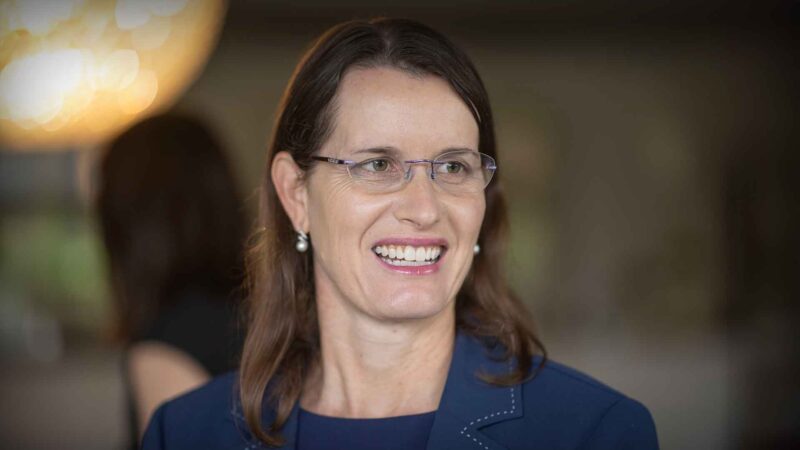CASE STUDY: EVOLUTION IN THE MEDICAL DEVICE SUPPLY CHAIN Cardinal Health and DHL discuss trust and partnership in logistics and back office
With
Steve Thompsett, CEO
DHL Supply Chain Australia and New Zealand
Michael Gardner,
(Former) VP Life Sciences & Healthcare
DHL Supply Chain Australia
Shane McCormack,
Senior Manager Supply Chain
Cardinal Health
Australian Health Journal segment
Filmed in Sydney | April 2025
Supply chain and logistics involve managing products globally, from manufacturing to distribution. This includes international shipping via air and sea, storing products in temperature-controlled warehouses, and delivering them to pharmacies, medical wholesalers, and hospitals within the domestic market.
Michael Gardner, (Former) VP Life Sciences & Healthcare, DHL Supply Chain Australia spoke to Australian Health Journal about the medical device industry being particularly complex; onboarding a new customer at DHL supply chain demands thorough preparation. This process involves understanding the customer’s operations and the lifecycle of their products, from their arrival at the warehouse to their use in patient care. Insight into the customer’s expectations is crucial to ensure seamless operations.
For Cardinal Health, a global manufacturer and distributor of medical products, the process begins when products arrive in Australia and are cleared by customs before being stored at their Sydney warehouse. From here, they fulfil orders for various clients, including hospitals and wholesalers, supported by DHL’s logistics services.
In this case study, Australian Health Journal was given the opportunity to talk to both the logistics provider and the end medical technology client in what is an evolving medical device supply chain.
Challenges in Australia include a limited manufacturing workforce and the distances to raw material sources, with all imported products being finished goods. Compliance with safety and regulatory standards is essential. In addition to logistics, DHL provides value-added services like equipment repairs and a 4PL service, which includes customer service support and accounts receivable, enhancing efficiency for Cardinal Health.
Credit: MedTech24 Conference, hosted by Medical Technology Association of Australia (MTAA) in Sydney, October 2024.
Source: Written by AUDIENCED, with use of generative AI on transcript
You Might also like
-
Bionic eye trial shows improvements in functional vision for retinitis pigmentosa
Results of the first clinical trial of Australia’s ‘second generation’ bionic eye have demonstrated ‘substantial improvement’ in four participants’ functional vision, daily activities and quality of life over a period of more than two and a half years.
Led by the Centre for Eye Research Australia, Bionics Institute, University of Melbourne and Royal Victorian Eye and Ear Hospital, the trial findings add to interim results which showed that the second-generation bionic eye developed by Australian company Bionic Vision Technologies provided rapid improvements for four patients with blindness caused the genetic eye condition retinitis pigmentosa.
-
Adjunct Professor Alanna Geary talks Nursing Leadership
Adjunct Professor Alanna Geary FACN,
Chief Nursing & Midwifery Officer,
Metro North Hospital Hospital & Health Service, Queensland
talks Nursing Leadership -
How I Became an Emergency Physician
Dr Kim Hansen was initially attracted to emergency medicine because of its dynamic and chaotic environment. She enjoyed organising the chaos of the emergency department and working with a variety of patients, from newborn babies to centenarians. Dr Hansen found it fulfilling to help people get better or provide them with assistance and guidance when they couldn’t be cured. The unpredictability of the work was also part of the appeal, and she dedicated herself to developing the skills required to be a good emergency doctor.



